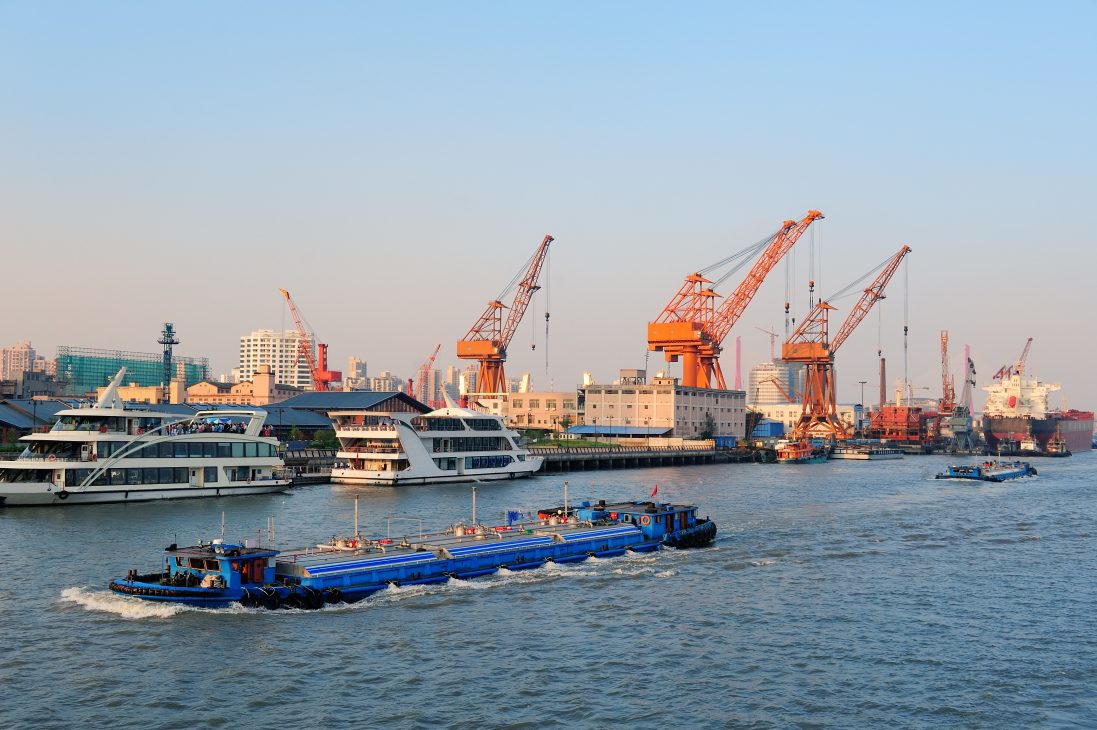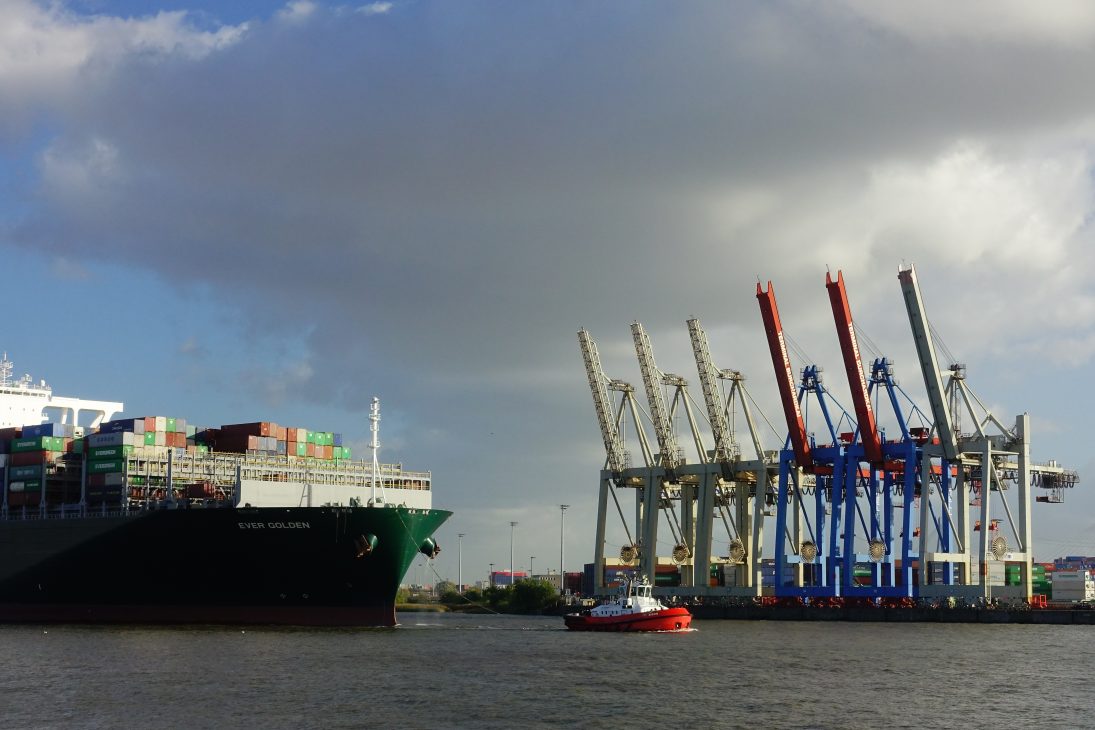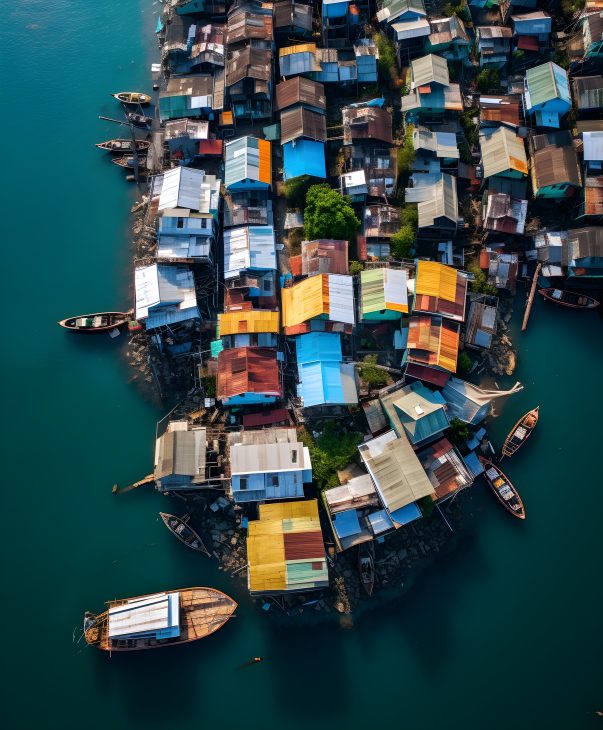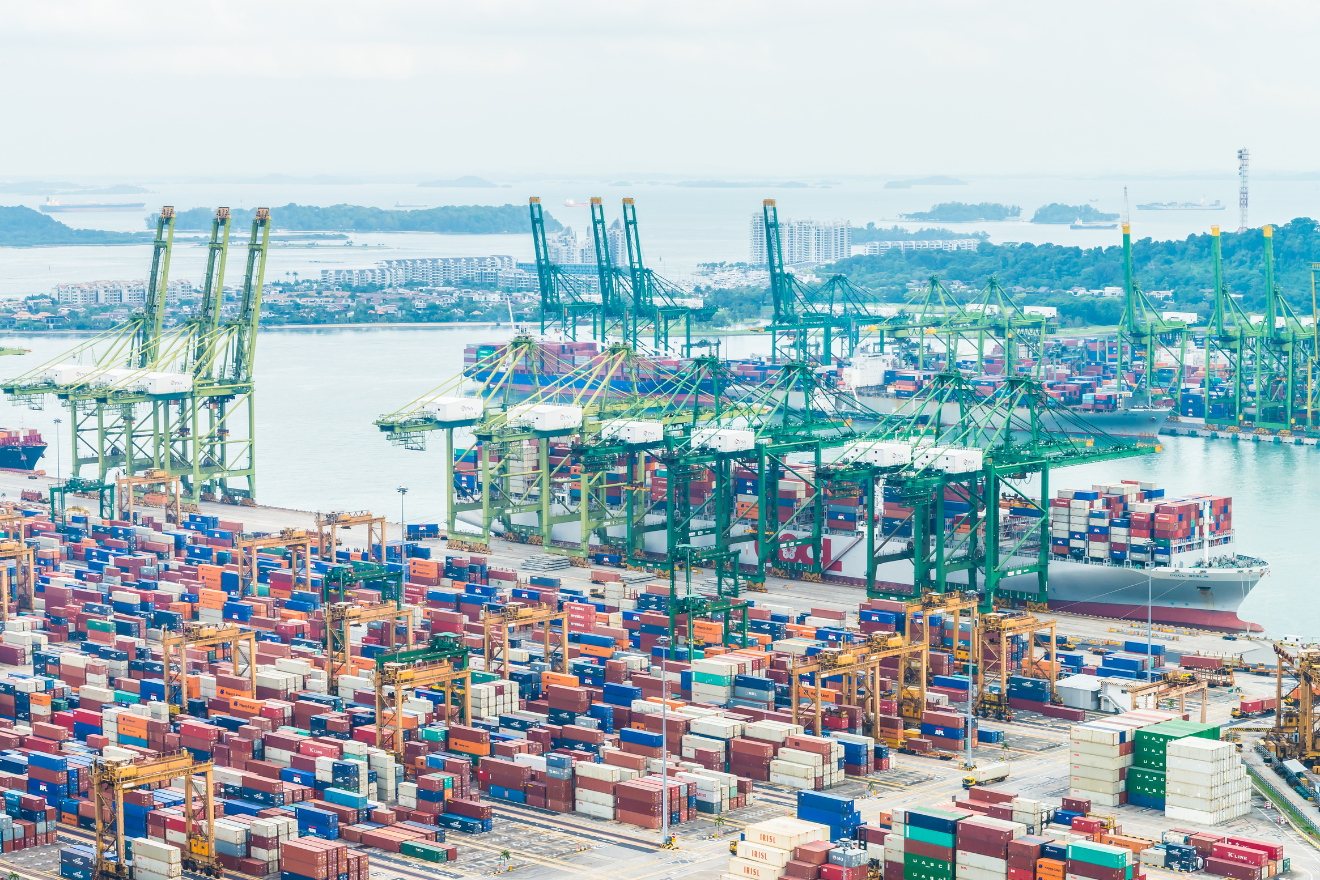Sri Lanka’s strategic location at the crossroads of major global shipping lanes has long made its ports key contributors to the nation’s economy. Positioned at the center of the East-West maritime route, Sri Lanka has utilized its geographical advantage to become a hub for transshipment, trade, and logistics in South Asia. In recent years, there has been significant development in the shipping industry and the growth of ports, driven by targeted government policies and private sector investments. From the expansion of existing facilities to attracting global shipping lines, the role of ports in the economic growth of Sri Lanka cannot be overstated. This blog post examines the evolution of the shipping industry and the economic significance of Sri Lanka’s ports, focusing on their role in trade, employment, and the broader economic landscape.
The Role of Ports in Sri Lanka’s Economy

Ports play a vital role in enabling international trade, which is essential for Sri Lanka’s economic growth. As an island nation, the majority of Sri Lanka’s import and export activities rely on maritime transport. The key ports—Colombo, Hambantota, and Trincomalee—have each contributed to the growth of the shipping industry, bringing in revenue, creating jobs, and facilitating trade links with the rest of the world.
The Port of Colombo, in particular, has been instrumental in establishing Sri Lanka as a transshipment hub. It is one of the busiest ports in South Asia and has been ranked among the top 25 ports globally in terms of container traffic. The port handles around 7 million TEUs (twenty-foot equivalent units) annually, serving as a key point for cargo moving between East Asia, the Middle East, Europe, and the Indian subcontinent.
Ports like Hambantota, located on the southern coast, have also been gaining attention, especially with the construction of the Hambantota International Port (HIP). While initially met with challenges, it is gradually positioning itself as an industrial and logistics hub, aiming to reduce congestion at the Port of Colombo.
Strategic Investments and Economic Growth

The development of ports has attracted significant foreign investment. The Colombo Port City, backed by Chinese investments, is one such project that has redefined Sri Lanka’s economic aspirations. It is designed to serve as a financial center, attracting global businesses to set up operations, further linking the shipping industry to financial services, trade, and logistics. Investments like these not only enhance port infrastructure but also create a ripple effect across various economic sectors, generating employment and boosting service industries.
The Colombo International Container Terminal (CICT), a joint venture between China Merchants Port Holdings and the Sri Lanka Ports Authority, is another example of foreign investment enhancing the capacity of Sri Lanka’s shipping industry. The CICT has enabled the Port of Colombo to handle the largest container ships in the world, which has attracted new shipping lines and increased the number of transshipment operations.
In Hambantota, the long-term vision is for the port to become a multi-purpose facility that handles not just container shipments but also ro-ro (roll-on, roll-off) operations, oil bunkering, and industrial activity. The investments in these sectors are positioning the port as a key player in maritime logistics, particularly in the Indian Ocean region.
Job Creation and Infrastructure Development

The growth of ports is directly linked to the expansion of infrastructure and job creation. In a country where unemployment is a concern, the shipping and logistics industry has created numerous direct and indirect jobs, particularly in port operations, customs, logistics services, and warehousing.
The construction and modernization of port infrastructure have also spurred growth in other sectors. The Port of Colombo, for instance, has led to a boom in the warehousing and logistics industries in its vicinity. Inland ports and dry port facilities, such as those planned for Hambantota, are expected to further integrate Sri Lanka’s logistics network, improving efficiency and reducing transportation costs.
Moreover, the industrial zones being developed near ports are expected to generate more jobs. These zones provide industries with easy access to shipping routes, thereby reducing costs and increasing their competitiveness on the global stage. The Hambantota Port, for instance, is part of a larger industrial vision that includes a refinery, a cement factory, and various manufacturing plants. These developments are poised to create thousands of jobs and boost local economies.
Challenges Facing the Shipping Industry

Despite its growth, Sri Lanka’s shipping industry faces several challenges that need to be addressed for sustained economic impact. One of the primary challenges is global competition. Ports in nearby countries such as India, Singapore, and Malaysia are also competing for transshipment traffic. Sri Lanka needs to continuously upgrade its infrastructure and services to maintain its competitive edge.
Political and economic stability is another factor. Changes in government policies, labor strikes, or economic downturns can disrupt port operations and reduce investor confidence. Stability in economic policies, particularly those related to foreign investments and trade, is critical to ensuring long-term growth.
There is also the challenge of balancing debt and investment. Some projects, particularly the Hambantota Port, have raised concerns about Sri Lanka’s ability to repay loans. The port was initially funded by Chinese loans, and later, the Sri Lankan government leased it to a Chinese company on a long-term basis to ease the debt burden. While this helped in addressing short-term concerns, the issue of foreign ownership of national assets remains a topic of debate.
Environmental Considerations

As Sri Lanka’s shipping industry grows, so does the environmental footprint of port operations. Large shipping vessels emit significant amounts of greenhouse gases, and port construction can disrupt marine ecosystems. To mitigate these effects, there is a growing emphasis on sustainable port development. Initiatives such as the use of green technologies in port operations and better waste management systems are becoming critical for ensuring the long-term sustainability of Sri Lanka’s ports.
The Colombo Port, for instance, has implemented initiatives to reduce emissions and improve energy efficiency. The adoption of renewable energy sources, such as solar power for port operations, is being explored to reduce the environmental impact. By incorporating sustainable practices, Sri Lanka can align its shipping industry with global trends towards greener maritime operations.
Future Prospects
Looking ahead, the shipping industry and the growth of ports in Sri Lanka present immense potential. With global trade expected to increase, Sri Lanka’s ports are well-positioned to capture a larger share of transshipment traffic. The Port of Colombo, with its ongoing expansion projects, is likely to continue being a major player in global maritime logistics.
Hambantota Port, though still developing, could become a critical asset, particularly in oil bunkering and vehicle transshipment, given its proximity to key shipping routes. The planned industrial zones near the port will attract more foreign investments, further boosting Sri Lanka’s economic growth.
Additionally, the rise of e-commerce and regional trade agreements like the Regional Comprehensive Economic Partnership (RCEP) will likely increase demand for efficient port facilities. Sri Lanka’s ability to tap into these trends will depend on continued investment in infrastructure, stable economic policies, and a commitment to environmental sustainability.
Conclusion
The growth of Sri Lanka’s shipping industry and ports is crucial for the country’s economic future. Ports not only facilitate trade but also create jobs, attract foreign investments, and drive infrastructure development. With strategic investments and a focus on sustainability, Sri Lanka can strengthen its position as a key player in global maritime logistics, paving the way for continued economic growth. However, challenges such as global competition, debt management, and environmental impact must be carefully navigated to ensure the long-term success of the shipping industry and its contribution to the Sri Lankan economy.





